How to Choose the Right Flexible Copper Strip for Optimal Electrical Performance
Table of Contents
- Understanding the Importance of Flexible Copper Strips in Electrical Applications
- Key Factors to Consider When Selecting Flexible Copper Strips
- Different Types of Flexible Copper Strips and Their Applications
- Tips for Evaluating Electrical Performance of Copper Strips
- Common Mistakes to Avoid When Choosing Copper Strips for Projects
- Maintenance Tips for Ensuring Longevity of Flexible Copper Strips
- FAQS
- Conclusion
- Related Posts
In the fast-changing world of electrical stuff, picking the right parts is super important if you want your system to perform well and stay efficient. One key component you don’t wanna overlook is the flexible copper strip — it’s kind of a big deal because of its amazing ability to conduct electricity and how versatile it is for different uses. According to some report from Grand View Research, the global copper market is expected to hit around $17.4 billion by 2025, which just shows how much folks are craving high-quality electrical materials these days.
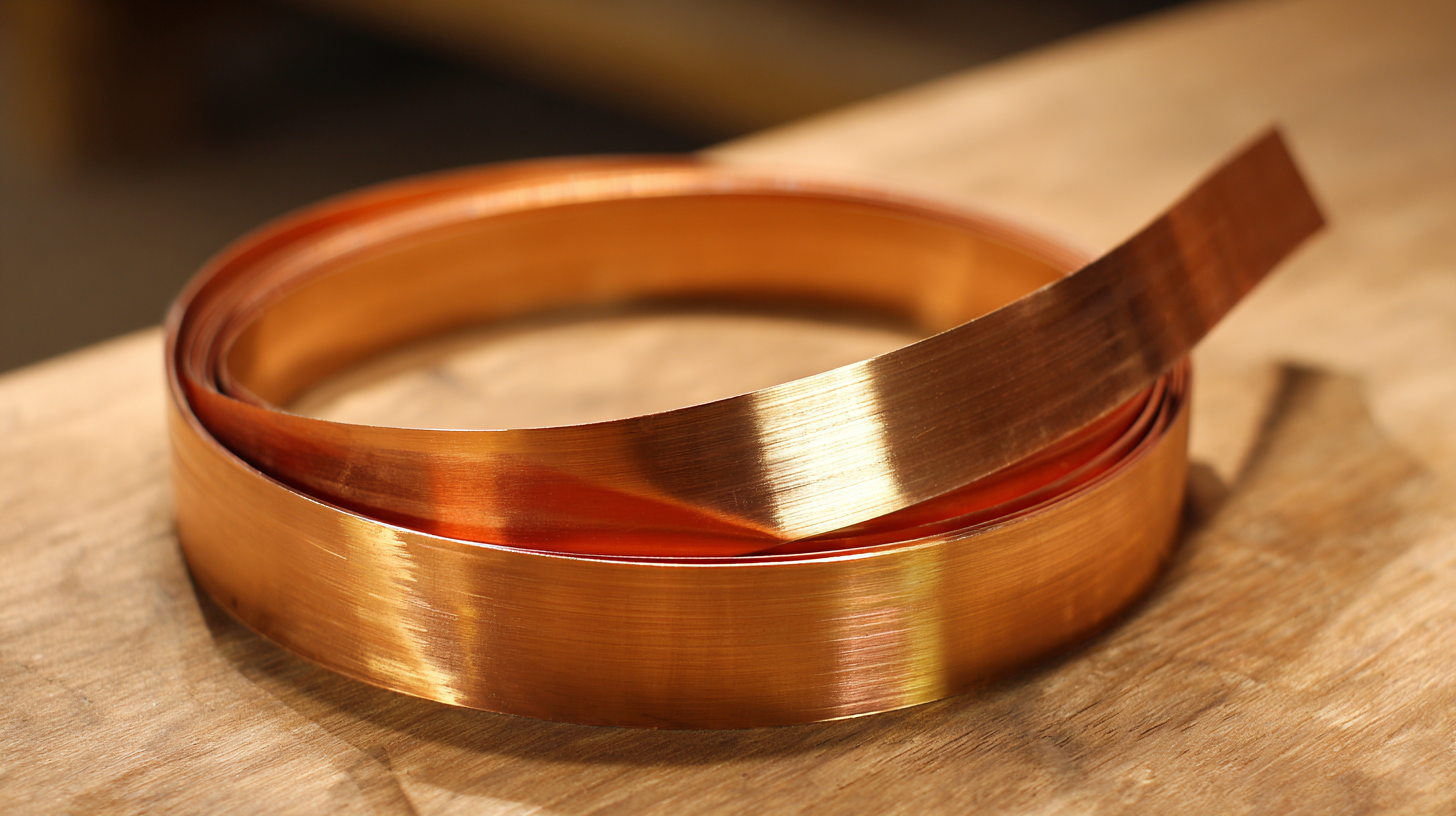
Here at Sichuan D&F Electric Co., Ltd., we’ve been around since 2005, and we’re proud of being a trusted name when it comes to making and supplying electrical connection parts — including flexible copper strips, which you can find for sale. To help you out, this blog’s gonna walk you through what to look for when picking the right flexible copper strip, so your projects can hit those top-notch electrical performance marks without a hitch.
Understanding the Importance of Flexible Copper Strips in Electrical Applications
Flexible copper strips are pretty essential in a bunch of different electrical setups. They’re like the unsung heroes that make sure circuits stay both conductive and adaptable. Because they’re flexible, they can tuck into tight spaces or bend into all sorts of shapes—making them a must-have in today’s electronics, car wiring, and even renewable energy tech. They basically give us a reliable, efficient pathway for electricity to flow, which means devices run better and last longer—less overheating, fewer failures, you know the drill.
But here’s the thing—how good these copper strips are really makes a difference. Copper’s awesome because it conducts electricity like a champ, so you lose less power along the way. Also, the thickness of the strip and how it’s treated matter a lot—especially when there’s stuff like vibrations or movement involved. Picking the right flexible copper strip isn’t just about immediate performance; it helps the whole system stay durable and reliable over time. If you’re into designing or building electrical stuff, understanding these little details can really pay off—making everything work smoother and last longer, no doubt.
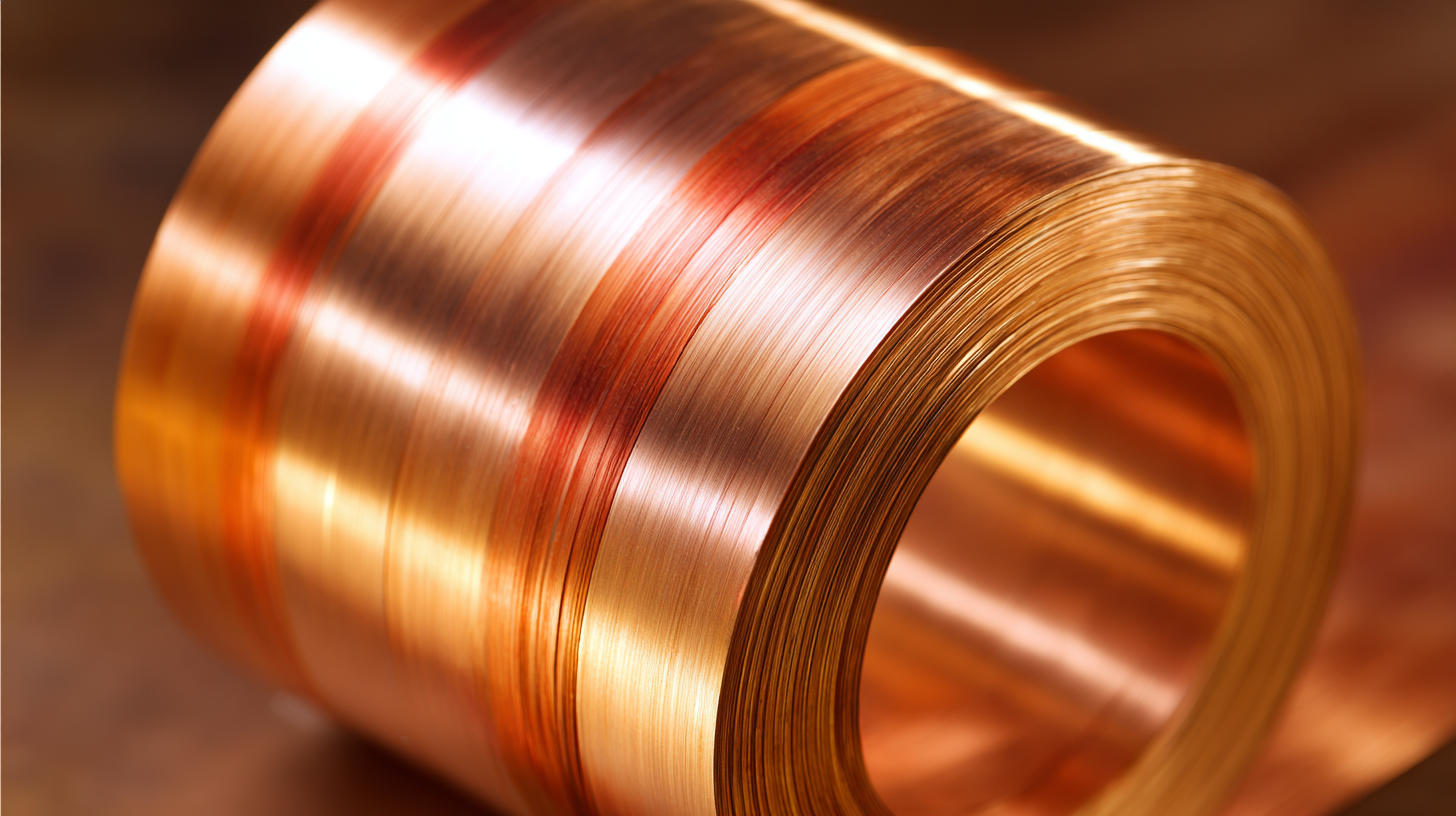
Key Factors to Consider When Selecting Flexible Copper Strips
When you're choosing the right flexible copper strip for your electrical projects, there are a few important things to keep in mind. First off, the electrical conductivity really matters — and copper is pretty excellent in this regard. According to the International Copper Association, copper has about 97% IACS conductivity, which makes it a top pick for many applications. It’s also crucial to look at how pure the copper is; higher purity means less resistance and better efficiency overall.
Beyond that, don’t forget about the mechanical side of things. You want a copper strip that’s both flexible and strong. Research from the Journal of Materials Science shows that flexible copper with a tensile strength over 200 MPa strikes a good balance—lasting durability without sacrificing flexibility, especially for things like flexible circuits or connectors. Also, pay attention to the thickness and width of the strip, since these details can really impact how much current it can carry and how well it handles heat. Making sure these specs match up with what your project needs is key to getting the performance you're aiming for.
How to Choose the Right Flexible Copper Strip for Optimal Electrical Performance - Key Factors to Consider When Selecting Flexible Copper Strips
| Attribute | Description | Importance | Typical Range |
|---|---|---|---|
| Width | The width of the strip affects current carrying capacity and installation space. | High | 5 mm - 100 mm |
| Thickness | Thickness impacts the durability and heat resistance of the strip. | Medium | 0.1 mm - 1 mm |
| Flexibility | The ability to bend and flex without breaking is crucial for various applications. | High | High flexibility rating |
| Electrical Conductivity | Indicates how effectively the strip conducts electricity. | Very High | ≥ 58 MS/m |
| Temperature Rating | Maximum operating temperature for the strip to maintain performance. | High | -40°C to 105°C |
| Corrosion Resistance | Ability to withstand chemical and environmental stress without deteriorating. | Medium | Varies based on coating |
Different Types of Flexible Copper Strips and Their Applications
So, when you're choosing a flexible copper strip, it really helps to understand the different types out there and what they’re best suited for. There are mainly three kinds: standard, tinned, and laminated. Standard copper strips are pretty much the go-to because they conduct electricity really well, making them perfect for most general wiring and connections. Tinned copper strips, however, are great if you're dealing with environments exposed to higher humidity or chemicals—they resist corrosion better. In fact, according to a 2022 report from Grand View Research, the demand for tinned flexible copper in automotive and marine industries has shot up lately, mainly because folks are looking for parts that last longer and stay reliable over time.
Then there's a newer kid on the block—laminated flexible copper strips. These are made of layers of copper and insulating materials, and they’re increasingly used in high-frequency stuff like telecommunications and RF circuits where keeping signals clean and strong is a must. A report from MarketsandMarkets predicts that the market for flexible copper strips will grow at a compound annual growth rate of about 5.6% between 2023 and 2028, thanks to all the advancements in electronic and electrical tech. All this just goes to show how important it is to pick the right type of copper strip for your specific needs—whether it’s for efficiency, durability, or performance, getting it right makes a big difference across various industries.
Tips for Evaluating Electrical Performance of Copper Strips
Picking out the right flexible copper strip? It’s super important to evaluate how well it conducts electricity to make sure it works smoothly in your setup. First off, pay attention to its conductivity—basically, the higher it is, the less resistance you’ll deal with, which means better performance overall. Ideally, go for something with about 99.9% purity; that way, you know you’re getting the maximum efficiency.
Another thing to think about is thickness. Thicker strips can handle more current without getting hot, so they’re great for high-power jobs. But if space is tight, a thinner strip might do the trick, as long as it can handle your current needs. Also, don’t forget about flexibility. A more bendable strip makes installation easier and helps prevent stress cracks during use—little details that can make a big difference.
And last, take a close look at the surface finish. A smooth surface means less contact resistance at joints and connectors, which is always a plus. Plus, it’s worth checking if the copper has been properly treated or coated to stop oxidation, since rust can cut down conductivity over time. Keep these tips in mind, and you’ll be able to pick a flexible copper strip that really hits the mark for your electrical needs without any fuss.
Electrical Performance of Flexible Copper Strips
Common Mistakes to Avoid When Choosing Copper Strips for Projects
When you're choosing flexible copper strips for your electrical projects, it's really important to watch out for a few common pitfalls that can mess up your setup. One mistake people often make is not paying enough attention to the conductivity needs of the strip. Did you know that conductivity can vary a lot between different types of copper? That variation can actually affect how well your entire electrical system works. A good rule of thumb is to always check that your chosen copper meets the standards set by the National Electrical Code—because they recommend specific qualities for different applications.
Another thing folks sometimes overlook is how flexible the strips need to be when you're installing them. It’s easy to forget about the physical layout of your project, which can lead to making bends or placements that aren’t quite right—this can cause issues with both performance and safety. Interestingly, a survey by the Electrical Distribution Association found that improper installation accounts for over 30% of electrical failures in homes. So, understanding what type of flexible copper strip you need—considering things like thickness, insulation, and temperature range—can save you a lot of headaches and make your project more reliable in the long run.
Maintenance Tips for Ensuring Longevity of Flexible Copper Strips
Taking good care of your flexible copper strips is super important if you want them to last and perform well. It’s a good idea to check on them regularly—things like corrosion or oxidation can sneak up on you, and catching those early makes a big difference. I read somewhere from the Copper Development Association that keeping the surfaces clean can actually boost their conductivity by up to 30%. That’s pretty impressive, especially when you’re working with high-performance stuff.
One simple maintenance tip I swear by is to give the copper strips a gentle clean now and then, using a mild acid solution. It helps clear away dirt and oxidation without being too harsh. Make sure to steer clear of harsh chemicals, though—they can do more harm than good and mess with the copper’s electrical properties. Also, store your strips in a dry place because moisture is basically the enemy here—it can cause them to degrade faster.
Oh, and don’t forget to keep an eye on the temperature when they're in use. Industry standards suggest not letting them go over 85°C—that’s pretty hot! Using proper insulation or other cooling methods can really help prevent overheating. Lastly, doing routine checks—like making sure connections are tight and that you’re using the correct torque during installation—is key to keeping everything running smoothly and extending the life of those copper strips.
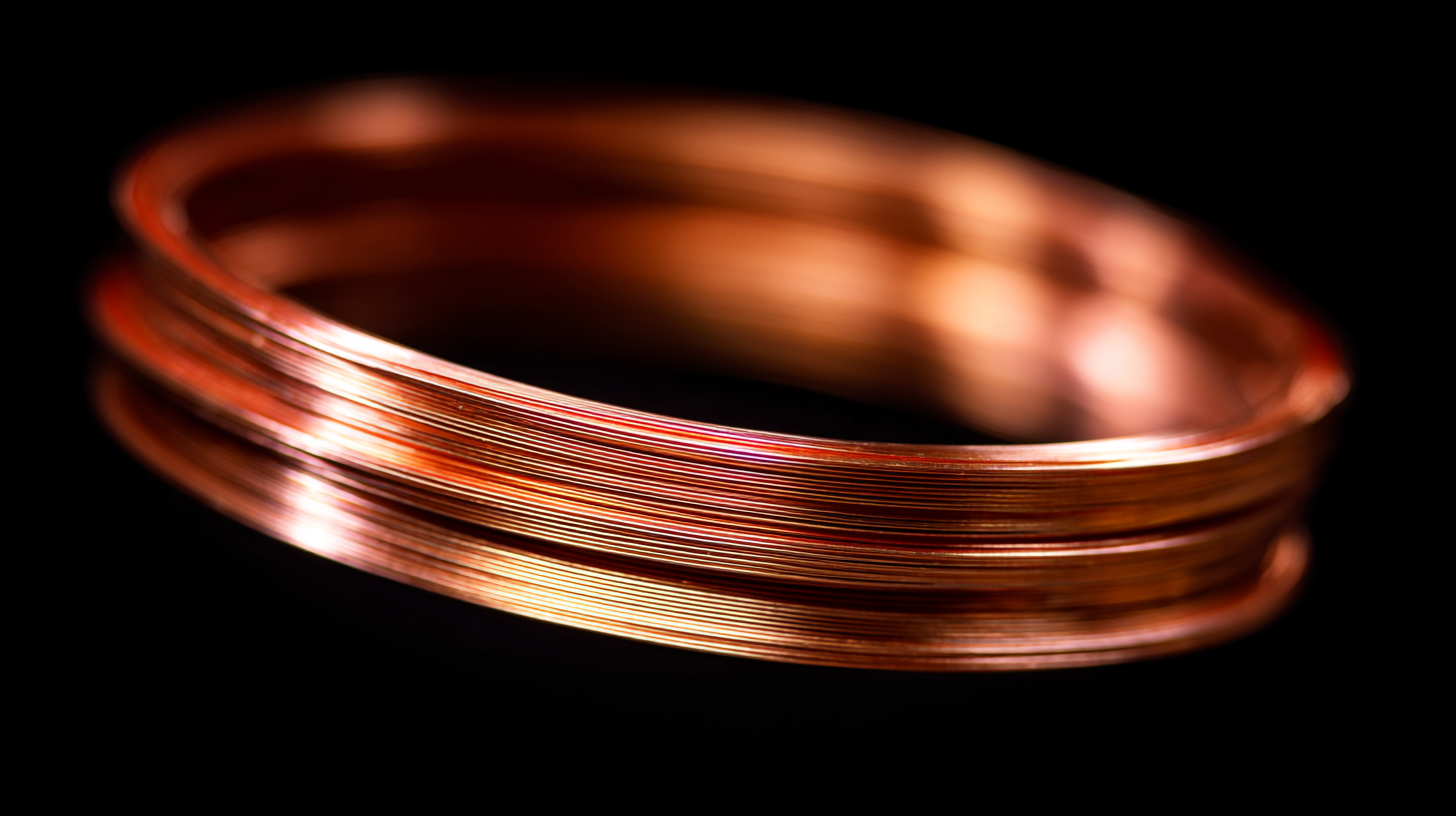
FAQS
: Flexible copper strips are essential components in circuits that require both conductivity and adaptability, commonly used in modern electronics, automotive wiring, and renewable energy systems.
The quality significantly impacts the efficiency of electrical systems, as higher quality strips minimize resistive losses and ensure effective energy transmission.
Look for copper strips with a purity level of 99.9% to guarantee maximum conductivity and efficiency, as higher conductivity means lower resistance.
Thicker strips can carry more current without overheating, making them suitable for high-power applications, while thinner strips may be used in space-limited situations if they meet the required current demands.
Greater flexibility facilitates easier installation and helps prevent stress fractures during use, making the strips more durable in various applications.
Regular inspections, cleaning with mild acid solutions, storing in dry environments, and monitoring operating temperatures are essential maintenance tips to ensure their longevity and performance.
A smooth surface is ideal, as it reduces contact resistance at joints and connectors, thereby enhancing overall electrical performance.
Flexible copper strips should not exceed an operating temperature of 85°C to maintain their performance.
Implementing proper insulation and other thermal management strategies can prevent overheating, which in turn enhances the lifespan and functionality of the strips.
Avoid using harsh chemicals for cleaning, as they can damage the copper and negatively affect its electrical properties.
Conclusion
So, when you're picking out the right flexible copper strip for your electrical projects, it’s pretty important to actually get what role it plays across different applications. I mean, stuff like how well it conducts electricity, how flexible it is, and how it holds up against things like weather or corrosion — those really matter. There are different types of these copper strips tailored for specific jobs, whether you're dealing with high-voltage setups or just low-power connections. To make sure they perform well, it's smart to check things like conductivity and how efficiently they handle heat. And hey, avoiding some common mistakes along the way can really make a difference in how successful your project turns out. Don’t forget, regular upkeep is key to keeping these components working smoothly and lasting longer — they’re pretty important for the overall reliability of your electrical systems.
Here at Sichuan D&F Electric Co., Ltd., we’ve got a wide range of flexible copper strips for sale, all designed to meet different industry needs. With tons of experience in making top-quality electrical connection parts, we’re dedicated to providing you with reliable, efficient solutions for whatever project you’re working on.
Related Posts
-
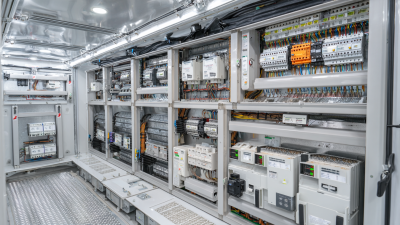
The Ultimate Guide to Laminated Bus Bars for the EV Market: Optimizing Performance and Efficiency
-

Exploring Unique Custom Molding Part Alternatives for Global Buyers
-
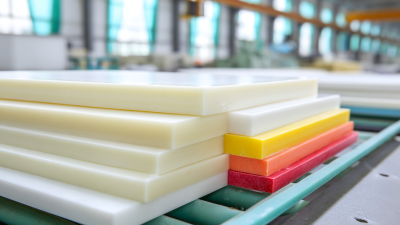
The Future of China Epoxy Glass Fiber Sheet in Global Markets
-
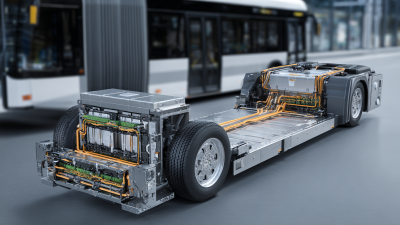
Identifying Challenges with Electric Vehicle Busbar Innovations
-

5 Reasons Why 3240 Epoxy Board is the Best Choice for Your Projects
-

How to Achieve Maximum Energy Efficiency with H Class Insulation Solutions









